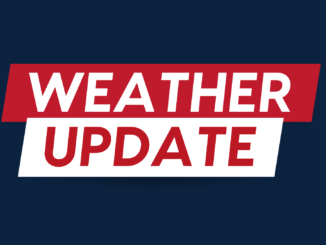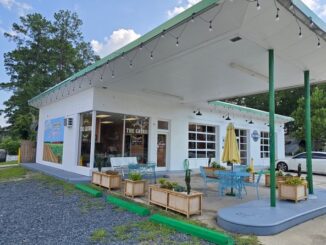
A destructive invasive beetle has been confirmed in Bladen county forest, but has not yet been found in Columbus county.
The Emerald Ash Borer is now in 76 of North Carolina’s 100 counties, according to the N.C. Forest service (NCFS). The beetle is responsible for the destruction of millions of ash trees across the country. Native ash species do not have a resistance to the insect. Susceptible varieties include green ash, white ash, Carolina ash, pumpkin ash and white fringetree.
This beetle can spread naturally (by flying) or through accidental transport by humans in firewood or lumber. The beetle was recently confirmed in Bladen County.
“Seasonal trapping for EAB typically runs from late March to early May. During that time, we were able to extract adult beetles from ash stands in Anson, Bertie, Duplin and Sampson counties,” said Jim Moeller, NCFS forest health specialist. “While we weren’t able to physically uncover the insect in Martin County, current signs and symptoms found in ash trees indicate EAB infestations are already underway. We’re going to consider Martin County positive based on these indicators so landowners will know what to expect and can plan accordingly.”
Ash borers (EAB) are metallic green and bore into ash trees to feed on tissues beneath the bark, ultimately killing the tree. Adult borers lay eggs on the bark of ash trees. When the eggs hatch, the larvae bore into the bark and feed on tissues of the tree. This disrupts the movement of nutrients and water within the tree, causing the tree’s slow death typically in three to five years.
The signs and symptoms of an EAB infestation include thinning and dying crowns; increased woodpecker activity that causes the tree to look like it is losing patches of bark; small, 1/8-inch D-shaped exit holes where adult beetles emerged from the trees; galleries on the inside of the bark; cream-colored larvae; and “epicormic sprouting or sprouting from the main stem of the tree,” the NCFS said.
Host plants include all native ash trees and native white fringetree. The Chinese white fringetree, often planted for ornamental purposes, is believed to be resistant.
Adult EAB beetles are about a half-inch long and 1/8-inch wide. Under their wing covers, their bodies are a metallic purple-red color. In North Carolina, the adult EAB is typically active from late spring to early summer, likely April through June. EAB larvae may be found under the bark of the tree most of the year.
The entire state is under a quarantine for EAB which prohibits the movement of ash plant parts, the insect itself, ash nursery stock and all hardwood firewood into nonquarantined areas such as central Tennessee, most of Alabama and Florida.
The spread of invasive insects in the state is often due to human activity through the transportation of infested wood products such as firewood. It is strongly recommended that people burn local or treated firewood to reduce the spread of invasive pests.
The N.C. Forest Service Forest Health Branch monitors the spread of invasive pests. People who suspect there is an infested tree in an area near them should contact their county ranger. Contact information can be found online at www.ncforestservice.gov/contacts.



























